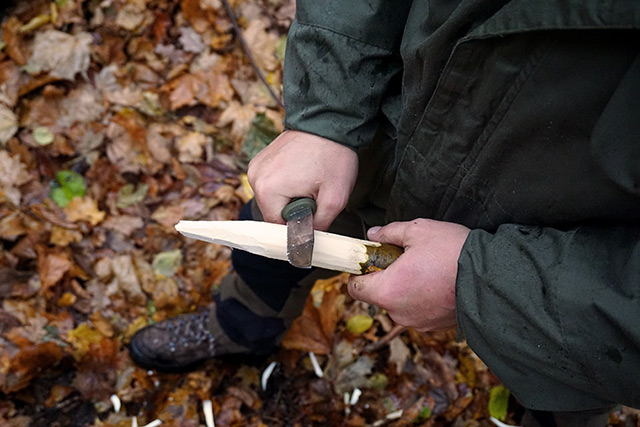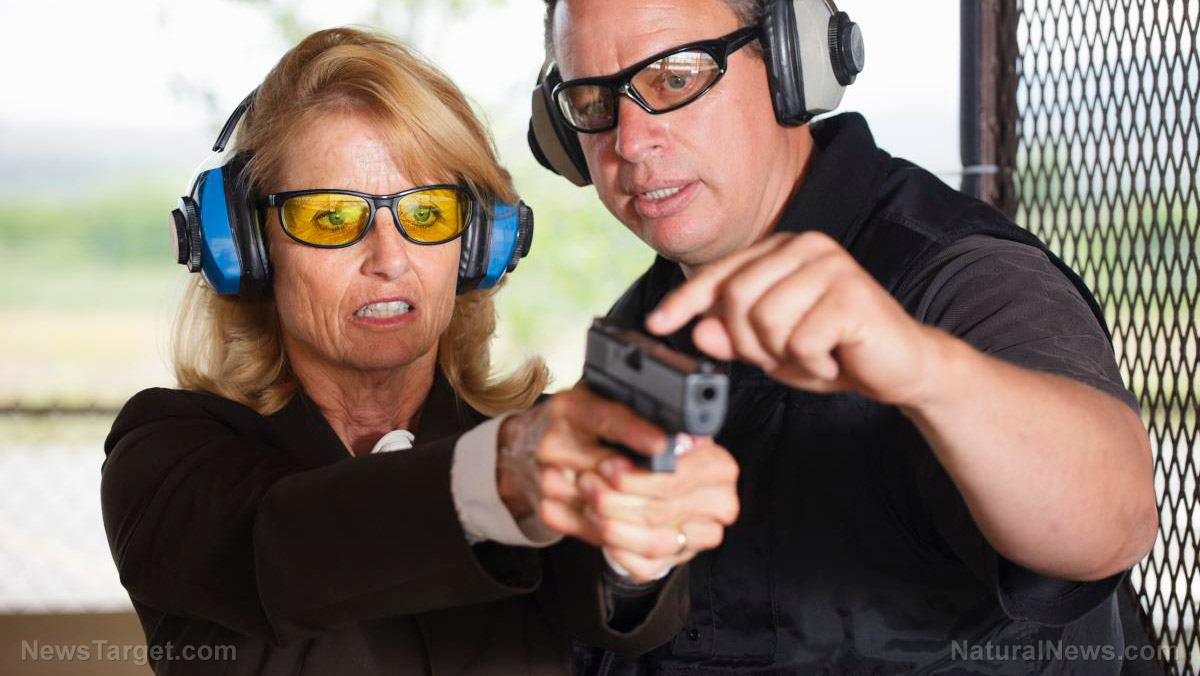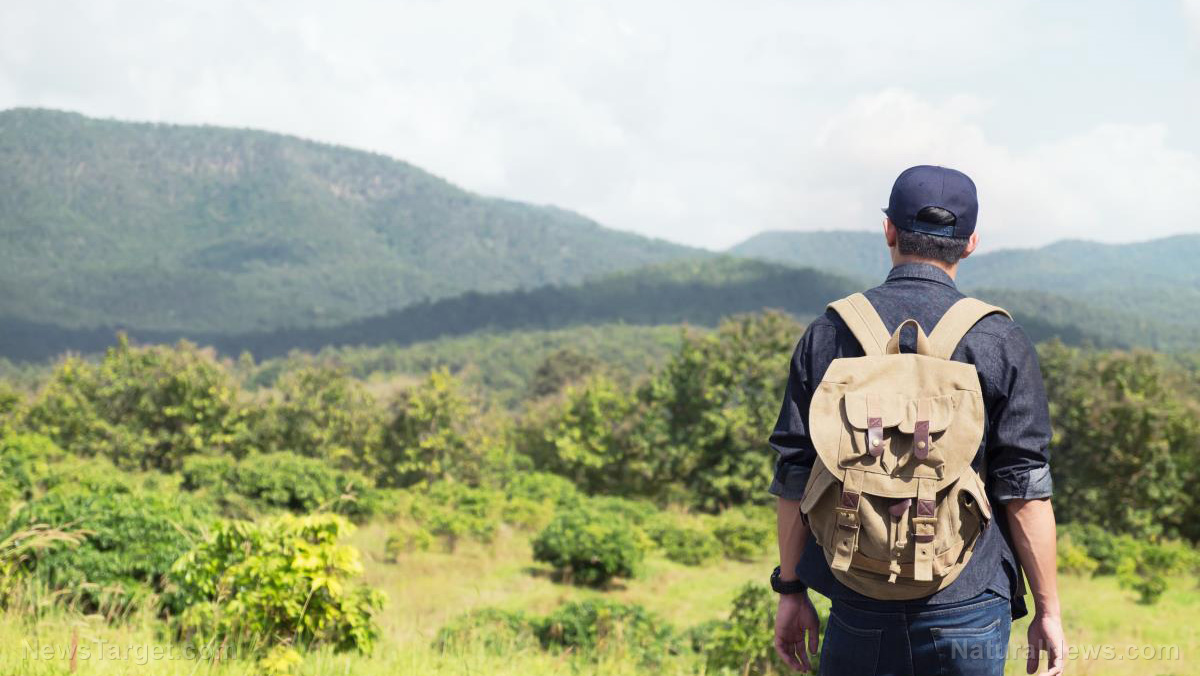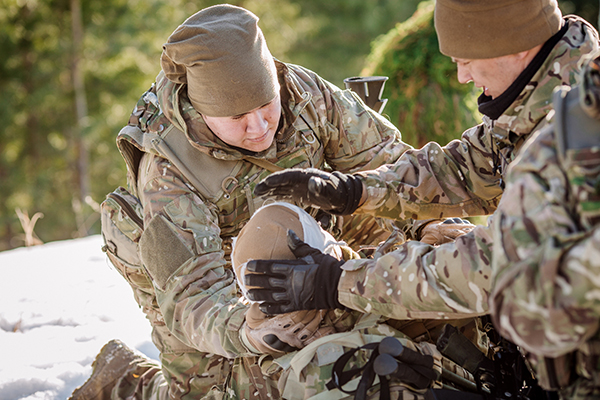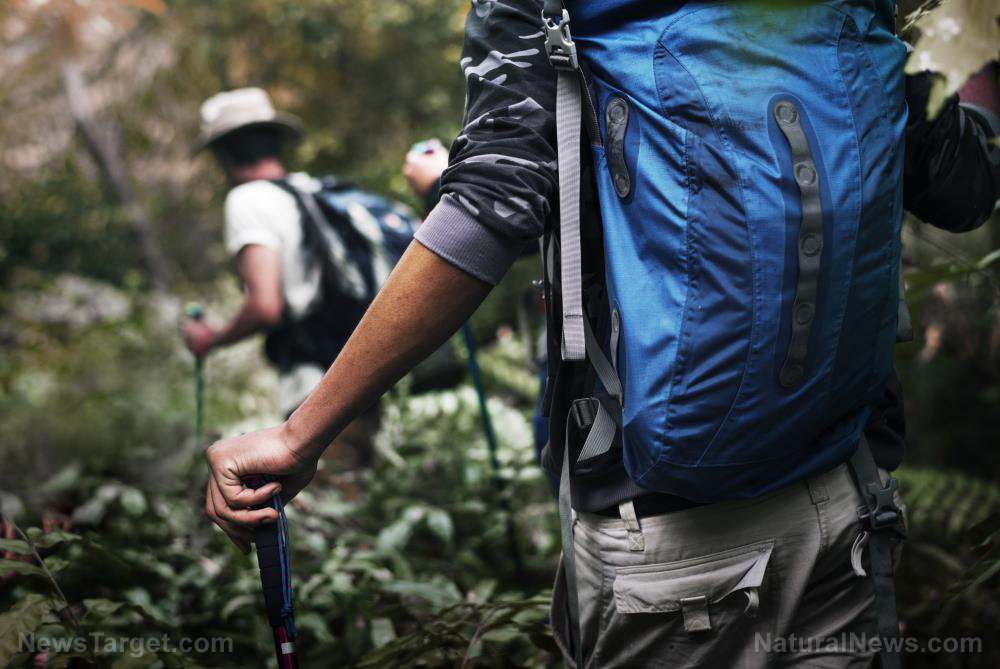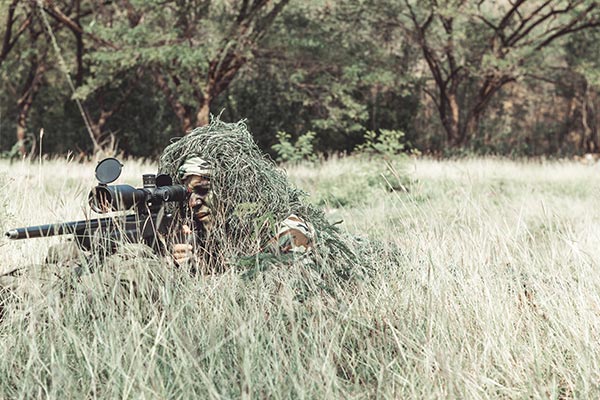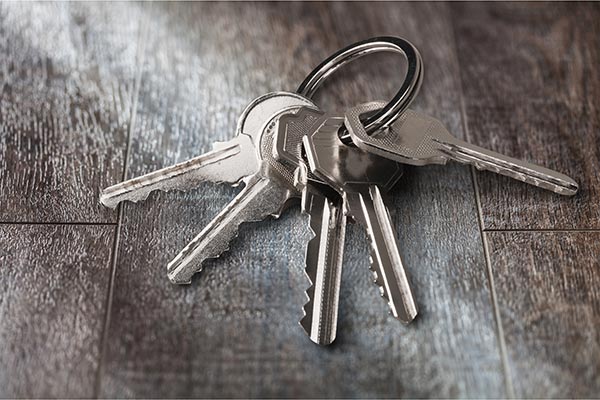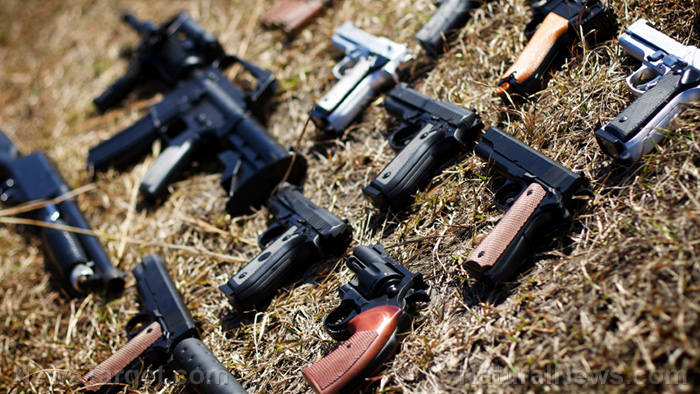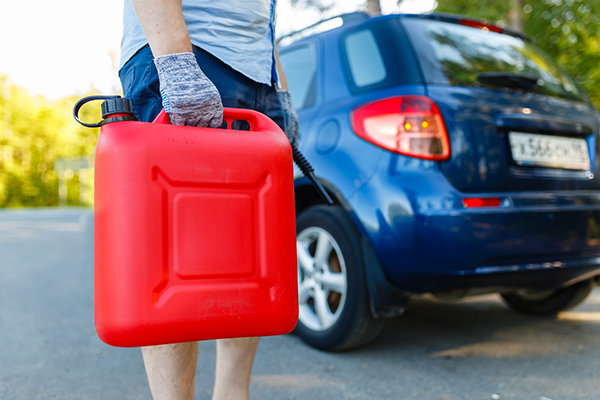Important tips for first-time preppers who want to get ready before SHTF
12/04/2019 / By Grace Olson
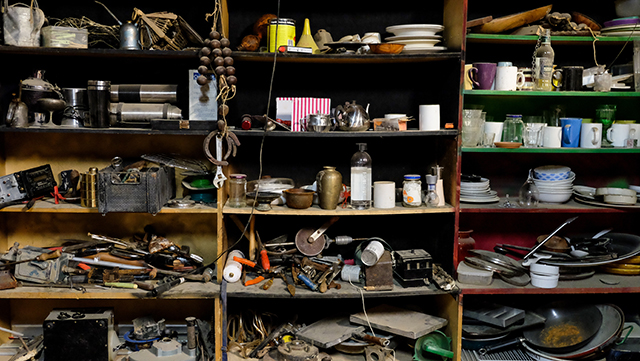
For beginners, prepping seems like a big task. There are so many things to consider: potential disasters, supplies and most especially money. If you’re a first-time prepper, take a step back first and breathe. Beginners all start somewhere and you don’t need to prepare everything at the same time. (h/t to TheOrganicPrepper.com)
1. Basic needs first
Knowing your priorities is a big help when it comes to picking out supplies. Some beginners make the mistake of packing some snacks and a book, thinking it’s enough to last an emergency. However, any veteran prepper knows that you have to cover your physiological needs first before anything else. These basic needs include:
- Water – for preventing dehydration, for sanitation and cleaning wounds
- Food – for boosting your health and keeping up your strength to ensure your survival
- Fire – for warmth, boiling water, a source of light and warding off potential attackers
- Shelter – for protection from the elements and as a storage for supplies
Once you have covered the basic needs, you can consider items for personal security and sources of entertainment next.
2. Preparing supplies
Prepping newbies make the mistake of hoarding store-bought supplies. While these items may offer help, you should learn how to make the most of the things you do have at home. Here are some tips on proper storage of basic survival supplies:
- Water
- Each person needs at least one gallon of water per day. Take this into consideration when figuring out how much to store.
- Recycle containers and fill them up with water. Soda bottles are a great option.
- Avoid using milk jugs. They are biodegradable and may break down over time.
- If you have a bookshelf, you can store some bottles in the small gap behind the books.
- Food
- Consider the foods that your family likes to eat, but don’t neglect nutrition.
- If your family is not used to eating ready-to-eat meals and vegetables, prepare some meals that incorporate these items. In this way, they can easily adjust to meals during a disaster.
- Build a pantry. Make sure it is cool and safe from pests.
- Learn home gardening. Growing your own fruits and vegetables is one of the best ways to eat fresh foods.
- Create a master list of your food supply to keep track of what you have and what you need.
- Take note of expiration dates and make sure to rotate your supplies.
- Heat
- Always have tools to make fire, including lighters, matches and fire starters. Place them in sealed bags to keep them dry and safe.
- Consider investing in propane or kerosene heaters. Make sure to learn which heater is more suited to your location.
- Set up safety measures, like establishing rules on using the heaters and buying a fire extinguisher.
- Store fire-starting tools somewhere safe and out of children’s reach.
- Sanitation
- Stock up on supplies for personal hygiene, including tissues, wet wipes, sanitizers, tampons and soap.
- Cleaning supplies are a must as well, such as bleach and dishwashing soap.
- Set up a personal waste plan. Water may not always be available. A human kitty litter toilet is a viable solution. Take into account waste disposal as well.
- Essential oils and common kitchen substances like vinegar and sugar are great homemade cleaning items. Learn about the different ways to use them around the house.
- Tools and other supplies
- Set up your first aid kit. The kits found in stores are often insufficient, so it’s best to create your own. Include medication like pain relief capsules and epinephrine.
- Stock up on batteries of different sizes. Make sure the battery-powered tools – such as flashlights and thermometers – are working as well.
- Include cooking materials like small pots, can openers and utensils. Consider how you’ll cook as well.
- Pack a kit with basic tools, including pliers, wrench, screwdriver and a hammer.
- Ropes, duct tapes, super glue and cordage always come in handy.
- Make sure to add a sewing kit. You may need to repair clothes or sew plastics or tarpaulins for shelter.
3. Stashing bug-out bags and kits
It is important to remember that each kit is different for every individual. After covering basic needs, everything else is adjusted for the person’s needs and wants. Consider the following tips:
- Consider special needs like allergy medications and how these items should be stored.
- Pack clothes that are one size bigger. You might need to make bandages or ropes out of them if the situation demands it. You also don’t know how long the disaster may last.
- Always take into account the weight of your bug out bag. You may need to travel long distances on foot, so pick each item carefully.
- Make printed copies of important documents and seal them in a waterproof envelope or container. Have digital copies as well and store them in at least two flash drives.
4. Other things to consider
After preparing the physical supplies, here are other things you need to consider:
- Prepare your mind. Emergencies are stressful and it’s easy to panic and make a mistake. Do mental practices of disaster scenarios and imagine how you’d react in such situations.
- Do some practice drills. Get the whole family involved, so they will know what to do if SHTF.
If all this seems overwhelming, you can focus on the basics. Once you’re confident with those, you can build your prepping arsenal. The important thing is to start right now.
Sources include:
Tagged Under: bug out, bug out bag, disaster, food supply, how-to, off grid, preparedness, prepping, SHTF, survival
RECENT NEWS & ARTICLES
COPYRIGHT © 2017 GEAR.NEWS
All content posted on this site is protected under Free Speech. Gear.news is not responsible for content written by contributing authors. The information on this site is provided for educational and entertainment purposes only. It is not intended as a substitute for professional advice of any kind. Gear.news assumes no responsibility for the use or misuse of this material. All trademarks, registered trademarks and service marks mentioned on this site are the property of their respective owners.


